- Home
- Articles
- Architectural Portfolio
- Architectral Presentation
- Inspirational Stories
- Architecture News
- Visualization
- BIM Industry
- Facade Design
- Parametric Design
- Career
- Landscape Architecture
- Construction
- Artificial Intelligence
- Sketching
- Design Softwares
- Diagrams
- Writing
- Architectural Tips
- Sustainability
- Courses
- Concept
- Technology
- History & Heritage
- Future of Architecture
- Guides & How-To
- Art & Culture
- Projects
- Interior Design
- Competitions
- Jobs
- Store
- Tools
- More
- Home
- Articles
- Architectural Portfolio
- Architectral Presentation
- Inspirational Stories
- Architecture News
- Visualization
- BIM Industry
- Facade Design
- Parametric Design
- Career
- Landscape Architecture
- Construction
- Artificial Intelligence
- Sketching
- Design Softwares
- Diagrams
- Writing
- Architectural Tips
- Sustainability
- Courses
- Concept
- Technology
- History & Heritage
- Future of Architecture
- Guides & How-To
- Art & Culture
- Projects
- Interior Design
- Competitions
- Jobs
- Store
- Tools
- More
Minimalist Interiors Are More Than White Walls and Empty Spaces

Minimalist interiors have surged in popularity over the years, becoming more than just a fleeting trend in the world of design. Far beyond the stereotypical white walls and seemingly empty spaces, minimalist design embodies a philosophy that champions functionality, simplicity, and a deep sense of tranquility. This blog explores the nuanced depth of minimalist interiors, revealing how they encapsulate a thoughtful approach to living and a refined aesthetic sensibility.
Table of Contents
ToggleThe Essence of Minimalism
Minimalist design is grounded in the idea of stripping down to the essentials. It’s a deliberate choice to prioritize quality over quantity, where every element within a space serves a purpose. This design philosophy does not equate simplicity with deprivation but rather with the careful selection of items that bring value, function, and beauty into a room. Minimalism, therefore, is about finding freedom and clarity through the reduction of excess.

Beyond White Walls
While white walls are often associated with minimalist interiors due to their clean and uncluttered look, minimalism doesn’t confine itself to any single palette. Neutral colors, soft pastels, and even bold hues can find their place in a minimalist home, provided they contribute to a cohesive and harmonious environment. The emphasis is on creating a sense of space and light, allowing the chosen color scheme to enhance the overall feeling of serenity and spaciousness.
The Role of Texture and Material
In minimalist interiors, the absence of visual clutter brings a heightened attention to the textures and materials used within the space. Concrete, wood, metal, and glass are commonly employed for their distinct textures and the way they interact with light. These materials are selected for their durability, sustainability, and the tactile experience they offer, adding depth and interest to the minimalist aesthetic.
Functional Beauty
One of the core principles of minimalist design is that form follows function. This doesn’t mean aesthetics are sidelined; rather, beauty is found in the utility and simplicity of the design. Furniture with clean lines, built-in storage solutions, and multifunctional spaces are hallmarks of minimalist interiors. These elements work together to create environments that are both practical and visually appealing.
Embracing Negative Space
Contrary to the notion that minimalist spaces are empty, the concept of negative space plays a crucial role in minimalist design. Negative space—defined as the area around and between objects—is intentionally preserved to highlight the items that are present, allowing each piece to “breathe” and be fully appreciated. This thoughtful use of space contributes to a feeling of calmness and order.

Personal Touches and Minimalism
Minimalism does not mean the absence of personalization. In minimalist interiors, personal touches and decorations are chosen with intention, ensuring that they contribute meaningfully to the space. Whether it’s a carefully selected piece of art, a family heirloom, or a handmade object, these items are displayed in a way that respects the minimalist ethos, adding warmth and personality without overwhelming the space.
Sustainability and Minimalist Design
Minimalist design aligns closely with the principles of sustainability. By focusing on quality and longevity, minimizing waste, and choosing eco-friendly materials, minimalist interiors promote a more sustainable way of living. This approach not only reduces environmental impact but also encourages a mindful and deliberate consumption.
Minimalist interiors represent a thoughtful approach to design, where every element is considered for its contribution to the overall aesthetic and functionality of a space. Far from being cold or impersonal, minimalist spaces are imbued with a sense of peace, clarity, and warmth. By embracing simplicity, functionality, and a deep respect for the living environment, minimalist design proves to be a profound statement on the essence of home and the art of living well.

Submit your architectural projects
Follow these steps for submission your project. Submission FormLatest Posts
BXB Studio’s Hybrid Interior: Redefining the Modern Architectural Workplace
The Warsaw headquarters of BXB Studio was established in a modest 70...
5 Must-Know Interior Design Trends in American Homes
From warm minimalism to bold oversized artwork, these five interior design trends...
How Open Kitchens Create a Sense of Space Indoors (Without Sacrificing Function)
Open kitchens: see how sightlines, lighting, and smart layouts make rooms feel...
The Revival of Chunky Fiber Crafts in Modern Interior Design
Contemporary interior architecture has shifted away from hard minimalism. After a decade...







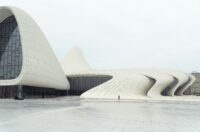
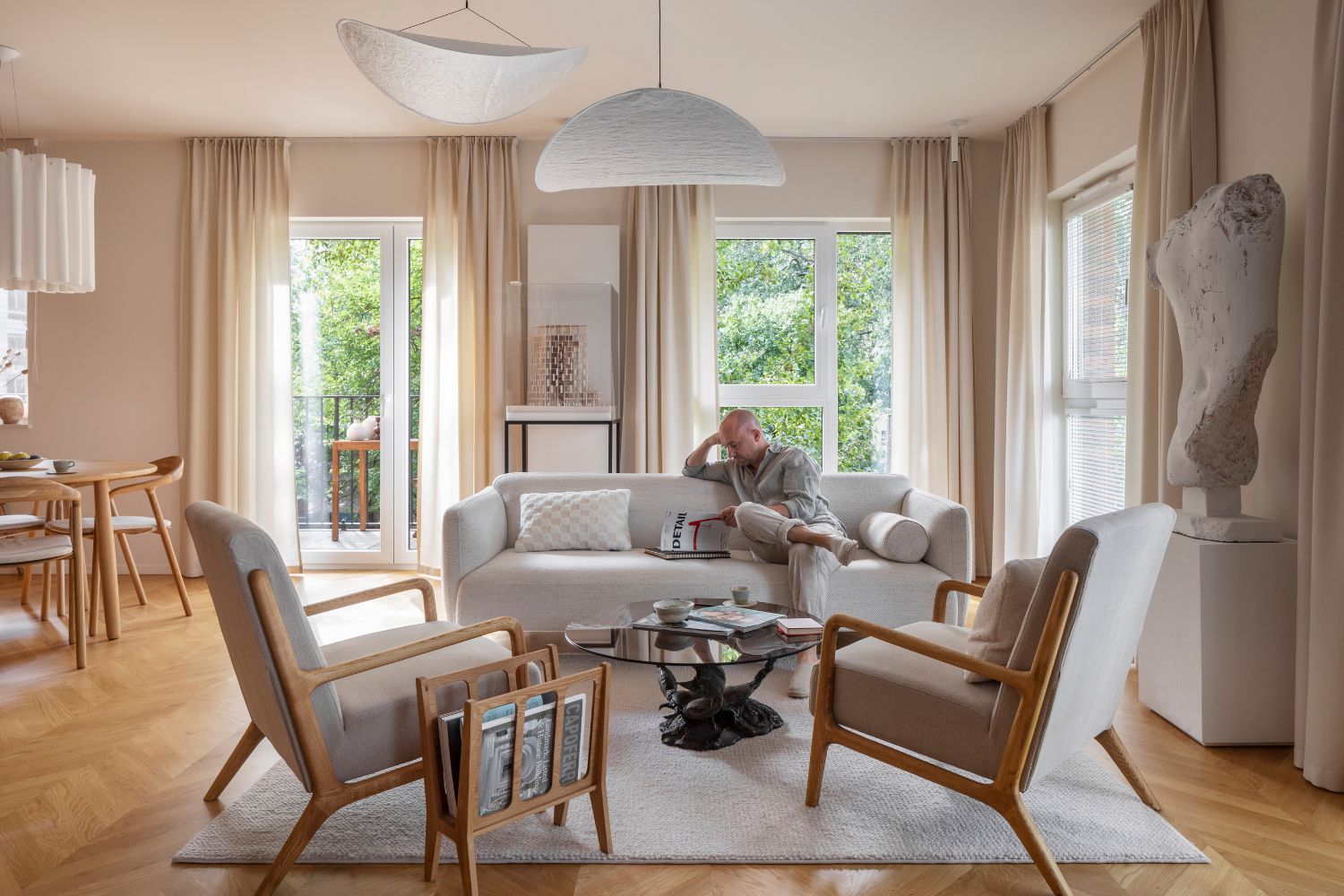
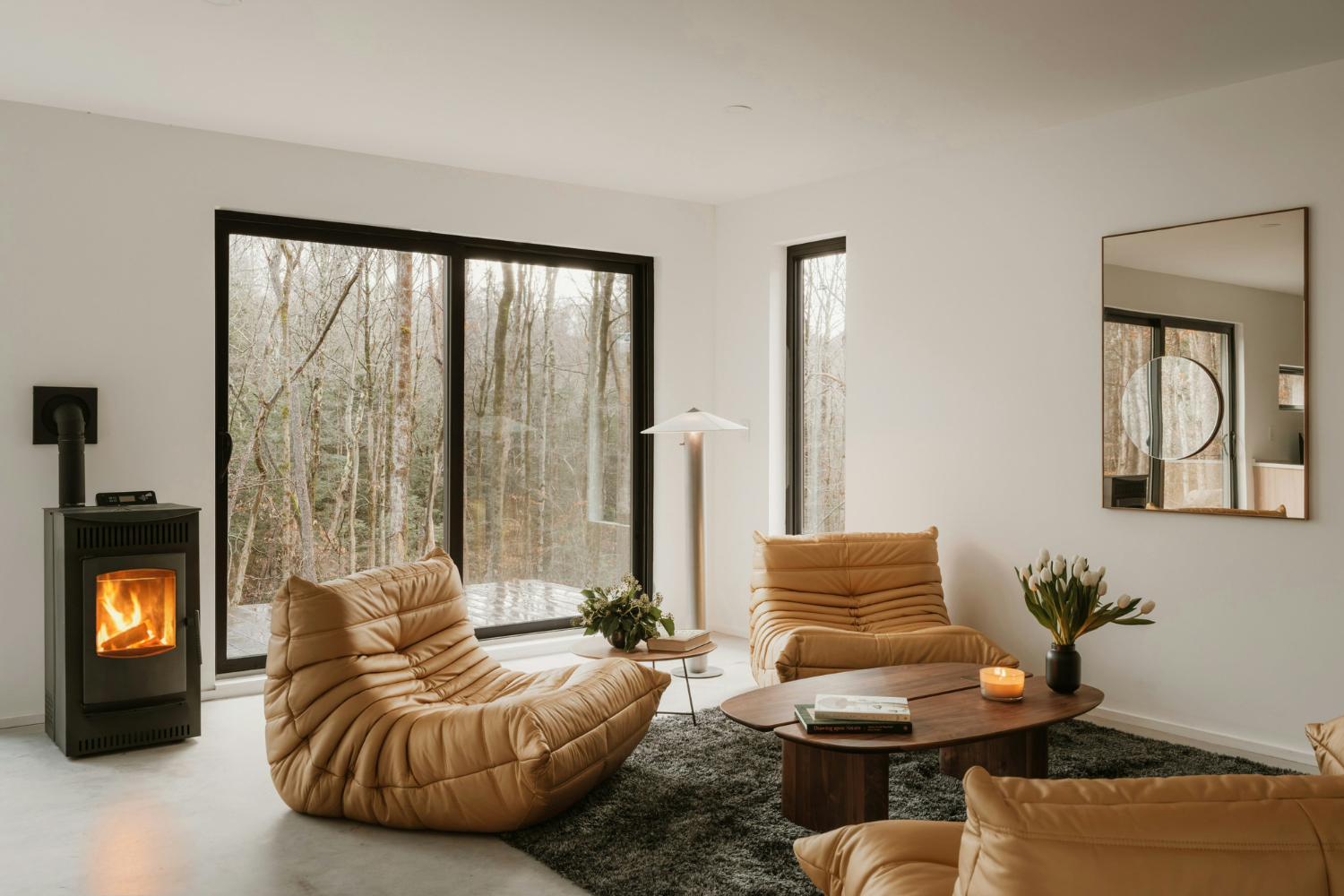
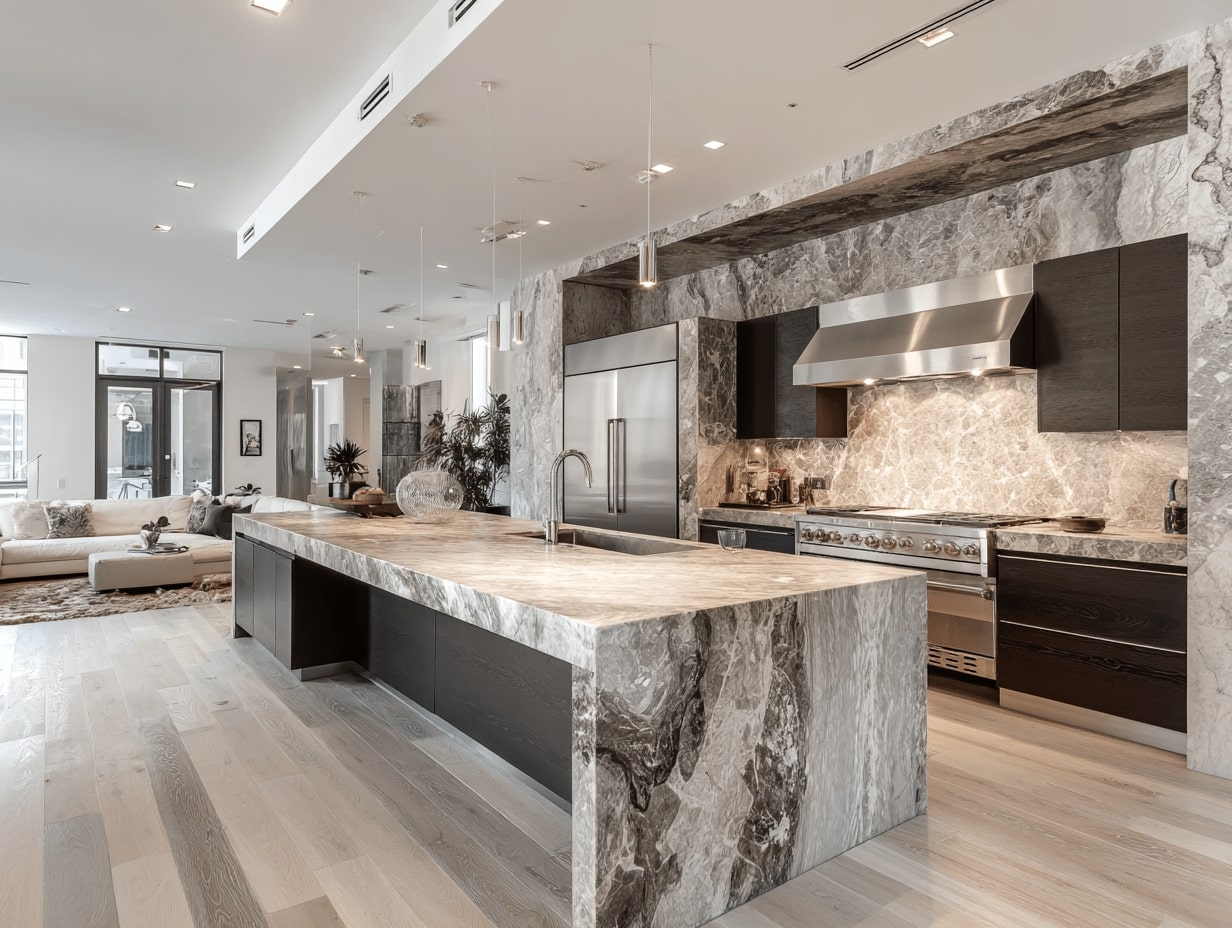
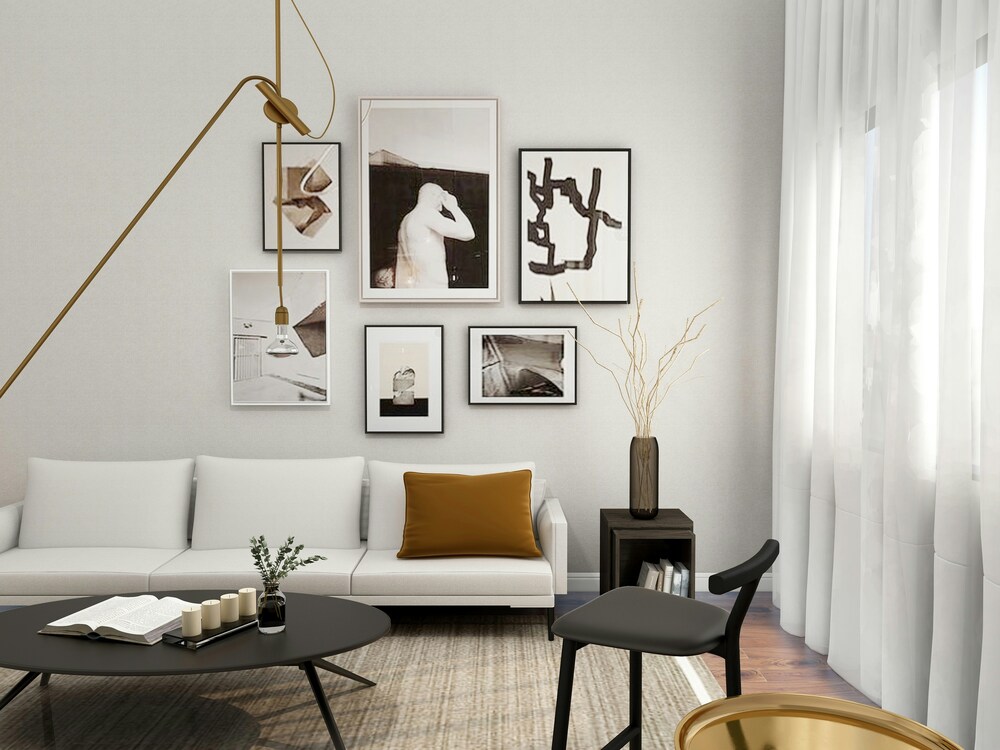
Leave a comment